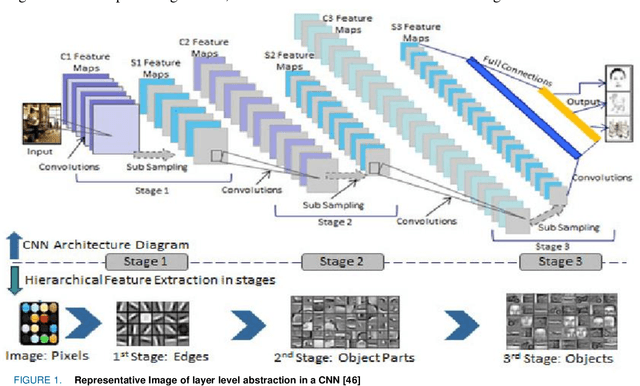Modern Machine and Deep Learning Systems as a way to achieve Man-Computer Symbiosis
Paper and Code
Jan 24, 2021
Man-Computer Symbiosis (MCS) was originally envisioned by the famous computer pioneer J.C.R. Licklider in 1960, as a logical evolution of the then inchoate relationship between computer and humans. In his paper, Licklider provided a set of criteria by which to judge if a Man-Computer System is a symbiotic one, and also provided some predictions about such systems in the near and far future. Since then, innovations in computer networks and the invention of the Internet were major developments towards that end. However, with most systems based on conventional logical algorithms, many aspects of Licklider's MCS remained unfulfilled. This paper explores the extent to which modern machine learning systems in general, and deep learning ones in particular best exemplify MCS systems, and why they are the prime contenders to achieve a true Man-Computer Symbiosis as described by Licklider in his original paper in the future. The case for deep learning is built by illustrating each point of the original criteria as well as the criteria laid by subsequent research into MCS systems, with specific examples and applications provided to strengthen the arguments. The efficacy of deep neural networks in achieving Artificial General Intelligence, which would be the perfect version of an MCS system is also explored.
 Add to Chrome
Add to Chrome Add to Firefox
Add to Firefox Add to Edge
Add to Edge